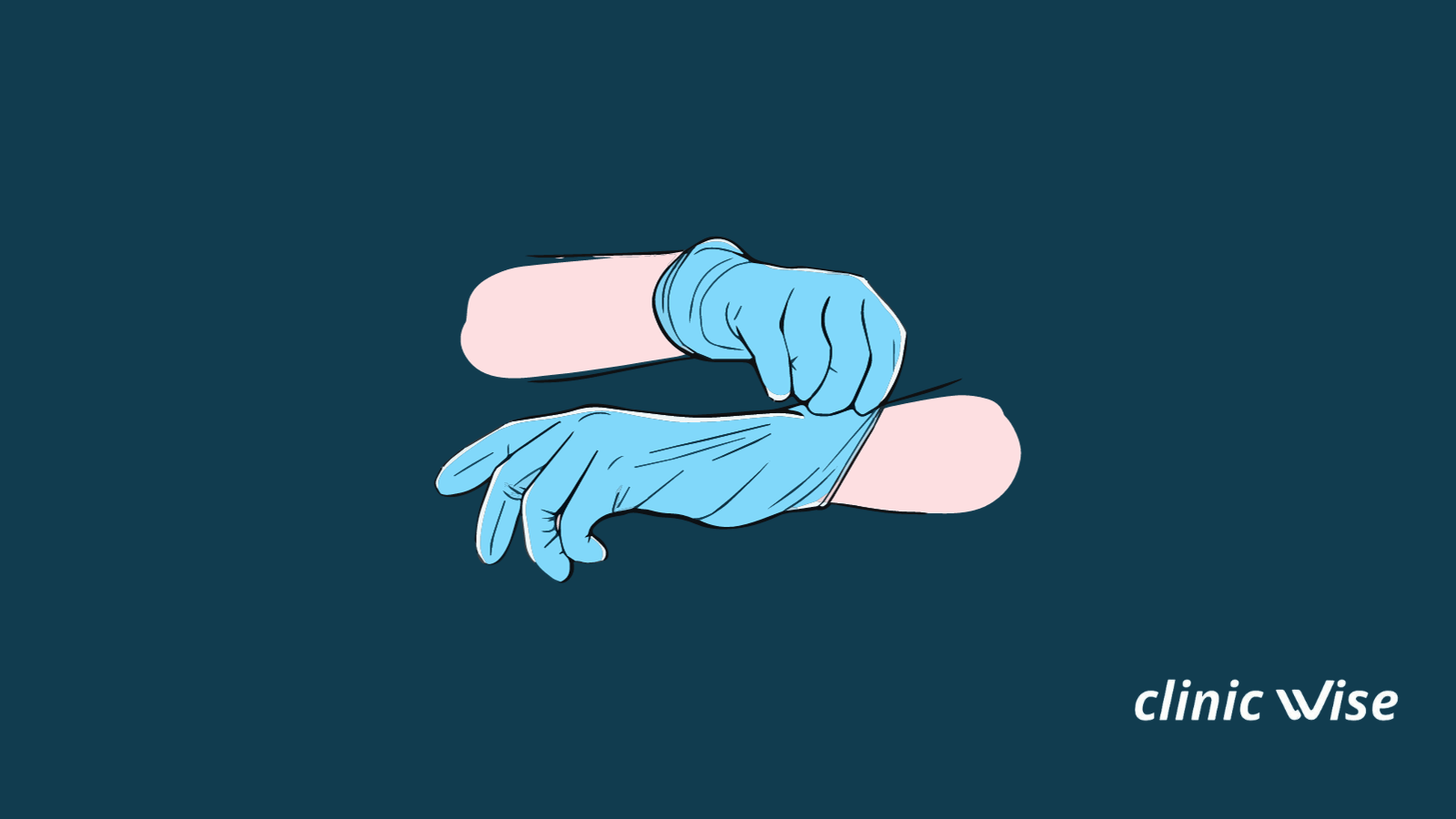While facial rejuvenation procedures like facelifts and Botox are well-known, lip lift surgery has gained attention as a subtle yet powerful way to enhance the overall harmony of the face. This procedure is ideal for individuals who want to improve the appearance of their upper lip without relying on fillers or other temporary solutions.
Lip lift surgery involves shortening the distance between the upper lip and the nose by removing a small strip of skin just beneath the nostrils. This simple adjustment can lift and reposition the upper lip, making it appear fuller, more defined, and more youthful. The result is a more balanced and aesthetically pleasing smile, with an emphasis on natural beauty.
Why Choose Lip Lift Surgery Over Fillers?
While lip fillers are a popular option for adding volume and shape to the lips, they often require regular maintenance to maintain results. Lip lift surgery offers a permanent solution for individuals seeking a more defined and lifted appearance. Unlike fillers, which can sometimes lead to an overly “puffed” look, a lip lift enhances the natural contours of the lip without adding excessive volume.
Another advantage of lip lift surgery is that it can address concerns that fillers may not solve, such as a long philtrum (the space between the nose and upper lip). For patients with this issue, a lip lift can create a more proportionate facial structure that fillers simply cannot achieve.
Who is a Good Candidate for a Lip Lift?
Ideal candidates for a lip lift are individuals who feel that their upper lip is too long or lacks definition. It is also a great option for those who want a more prominent “tooth show” when they smile, as lifting the lip can help reveal more of the upper teeth, contributing to a youthful, attractive appearance.
Patients who have experienced the effects of aging—such as thinning lips and drooping—may also benefit from this surgery. Because lip lift surgery is tailored to each person’s anatomy, it provides a more individualized solution compared to non-surgical alternatives.
The Procedure and Recovery
Lip lift surgery is a relatively simple procedure, typically performed under local anesthesia. The surgeon makes an incision at the base of the nostrils and removes a small strip of skin to elevate the lip. The results are immediate, with patients noticing a more pronounced upper lip and enhanced facial balance.
Recovery is generally quick, with most swelling and bruising subsiding within a week or two. Since the incision is discreetly hidden beneath the nose, scarring is minimal and fades over time. Patients are advised to avoid strenuous activities for the first few days, but normal activities can often be resumed shortly after the procedure.
Conclusion
Lip lift surgery offers a subtle yet transformative approach to enhancing the appearance of the upper lip, providing a permanent alternative to fillers and non-surgical options. It is a great choice for those looking to achieve a youthful, balanced smile and improved facial harmony.
Rhinoplasty, commonly known as a nose job, is a cosmetic surgical procedure that involves reshaping or resizing the nose. Among Read more
Utilizing Chin Liposuction to Contour Your Jawline Discover a more sculpted and natural jawline with double chin liposuction! Examine the Read more
Face-Lift Surgery Patient Story: A facelift surgery may completely change a patient's life. Let's review a patient at Clinic Wise's Read more




















